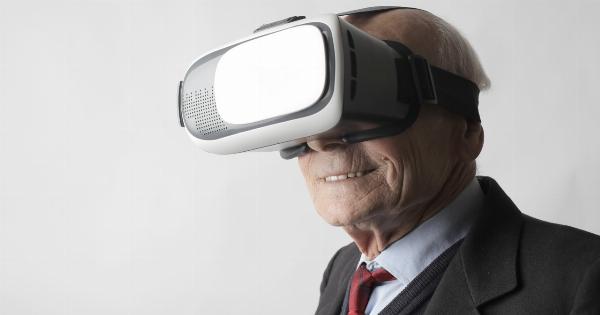Bruce Willis, the iconic Hollywood actor known for his roles in action-packed films like Die Hard, has recently made headlines for a health issue he faced: Bell’s Palsy. This condition, although rare, affects thousands of people every year.
In this article, we will explore what Bell’s Palsy is, its symptoms, causes, treatment options, and shed light on Willis’ personal experience with this condition.
What is Bell’s Palsy?
Bell’s Palsy is a neurological disorder that leads to the sudden weakness or paralysis of the muscles on one side of the face.
It occurs when the seventh cranial nerve, also known as the facial nerve, which controls the muscles responsible for facial expressions, becomes damaged or inflamed. This condition can occur at any age, but it is most commonly observed in individuals aged between 15 and 60.
Symptoms of Bell’s Palsy
The symptoms of Bell’s Palsy can appear abruptly and often reach their peak within 48 hours. These symptoms may include:.
- Sudden weakness or paralysis on one side of the face
- Drooping of the mouth or eyelid on the affected side
- Difficulty closing the eye on the affected side
- Drooling
- Decreased or loss of sense of taste
- Increased sensitivity to sound in one ear
- Pain or discomfort around the jaw or behind the ear on the affected side
If you experience any of these symptoms, it is important to seek medical attention promptly.
Causes of Bell’s Palsy
The exact cause of Bell’s Palsy is yet to be determined since it can occur without any specific trigger or underlying medical condition. However, several factors are believed to contribute to the development of this condition. These include:.
- Viral infections: Bell’s Palsy is often associated with viral infections such as herpes simplex virus (which causes cold sores) or the virus that causes chickenpox and shingles.
- Immune system response: In some cases, the body’s immune system may mistakenly attack the facial nerve, leading to inflammation and damage.
- Other medical conditions: Certain health conditions like diabetes, respiratory infections, and Lyme disease have been associated with an increased risk of developing Bell’s Palsy.
- Pregnancy: Pregnant women, particularly during the third trimester, seem to have a slightly higher risk of developing Bell’s Palsy.
However, it is important to note that Bell’s Palsy is not contagious and does not spread from one person to another.
Treatment Options for Bell’s Palsy
Although Bell’s Palsy often resolves on its own within three to six months, treatment is essential to promote recovery and minimize complications. The treatment options for Bell’s Palsy may include:.
- Medications: Corticosteroids, such as prednisone, can help reduce inflammation and swelling of the facial nerve, thereby speeding up recovery.
- Physical therapy: Techniques like facial exercises and massage may help to improve muscle strength and prevent stiffness.
- Moist heat therapy: Applying warm compresses or taking hot showers can alleviate pain and promote blood circulation in the affected area.
- Protecting the eye: Since Bell’s Palsy can cause difficulty in closing the eye on the affected side, it is crucial to protect the eye from drying out and potential damage. Eye drops or eye patches can provide the necessary protection.
- Surgery: In rare cases where other treatments do not result in satisfactory recovery, surgical interventions such as eyelid weight placement or nerve decompression may be considered.
The choice of treatment depends on the severity and individual circumstances of each case. Consulting with a medical professional is key to determining the most appropriate course of action.
Bruce Willis and his Battle with Bell’s Palsy
Bruce Willis, who is best known for his tough-guy roles in films, revealed that he had been diagnosed with Bell’s Palsy in the past.
During an interview, he candidly spoke about his experience with this condition and how it affected him both personally and professionally. Willis highlighted the challenges he faced in not only managing the physical symptoms but also the emotional impact of the condition, such as a temporary loss of confidence.
However, through timely medical intervention, treatment, and the support of his loved ones, Willis made a full recovery.
He emphasized the importance of seeking medical attention and following the prescribed treatment regimen to overcome Bell’s Palsy.
Conclusion
Bell’s Palsy, although rare, is a condition that can have a significant impact on an individual’s quality of life.
It is important to be aware of the symptoms and seek prompt medical attention for an accurate diagnosis and appropriate treatment.
With the right intervention, including medications, physical therapy, and eye protection, the prognosis for Bell’s Palsy is generally favorable, and most individuals recover fully within a few months.
Bruce Willis’ personal experience serves as a reminder that this condition, though challenging, is treatable and should not hinder individuals from seeking proper care and support.




























